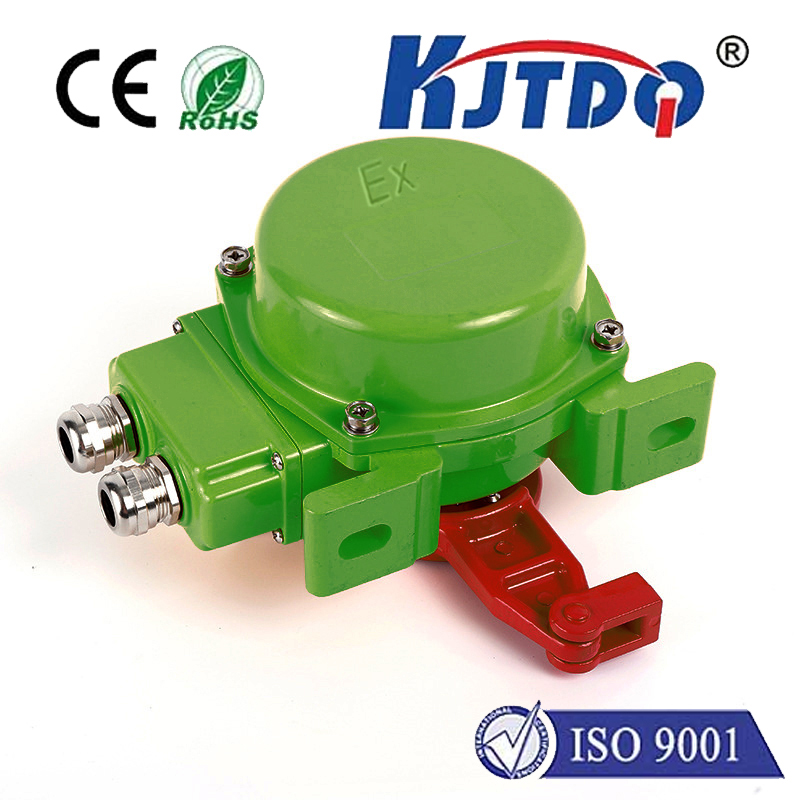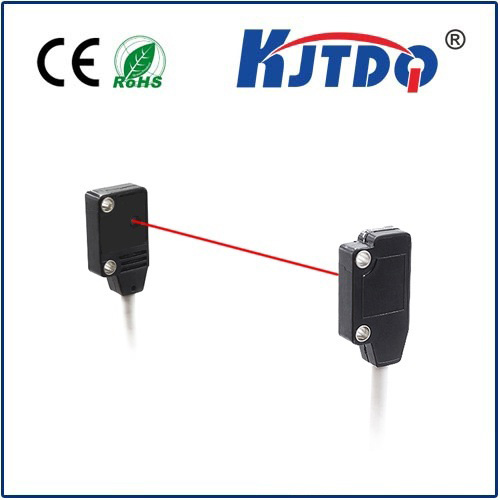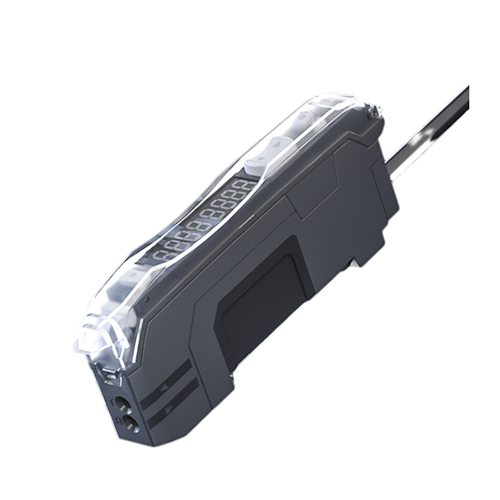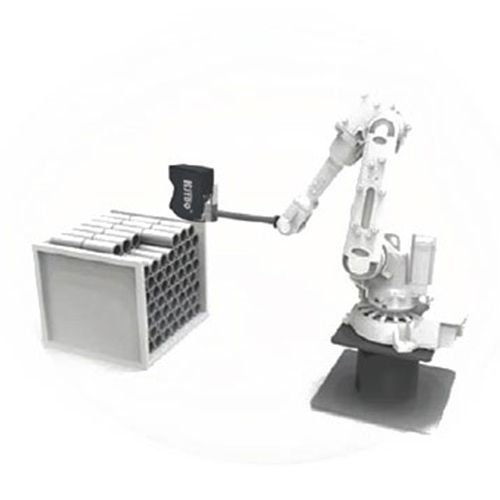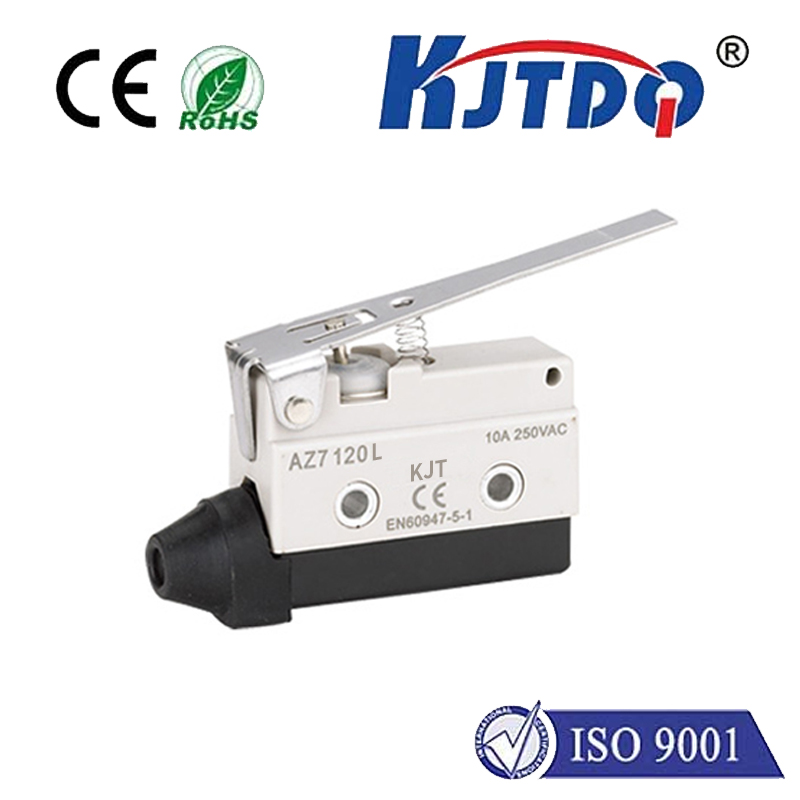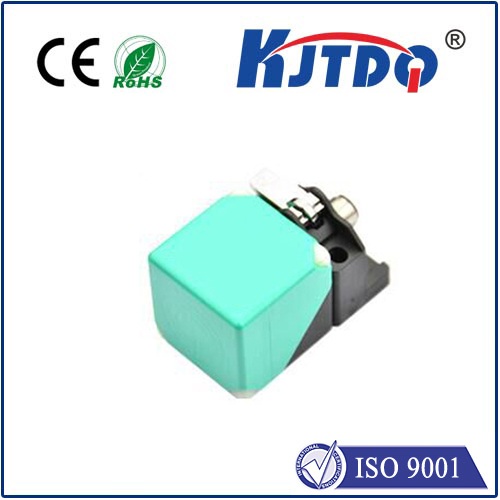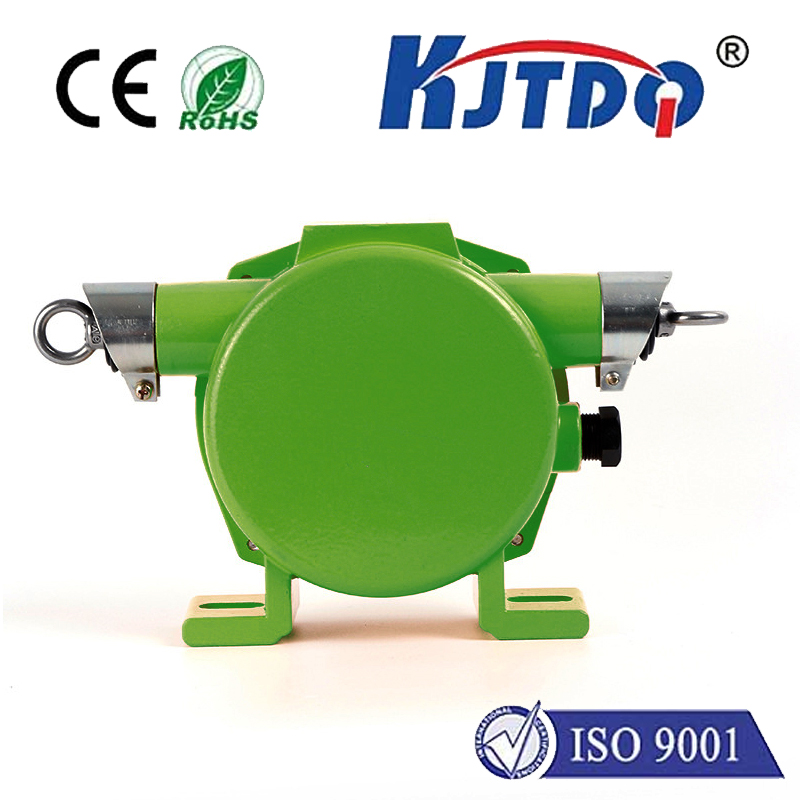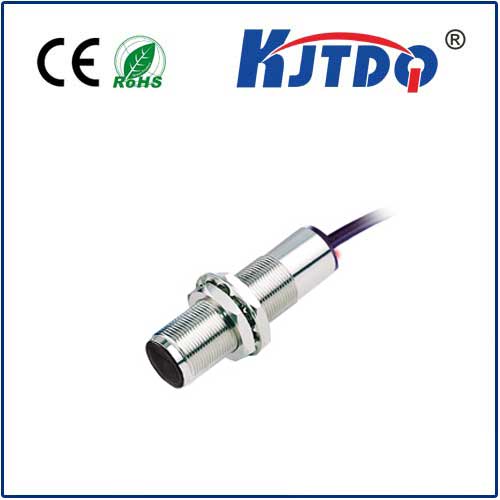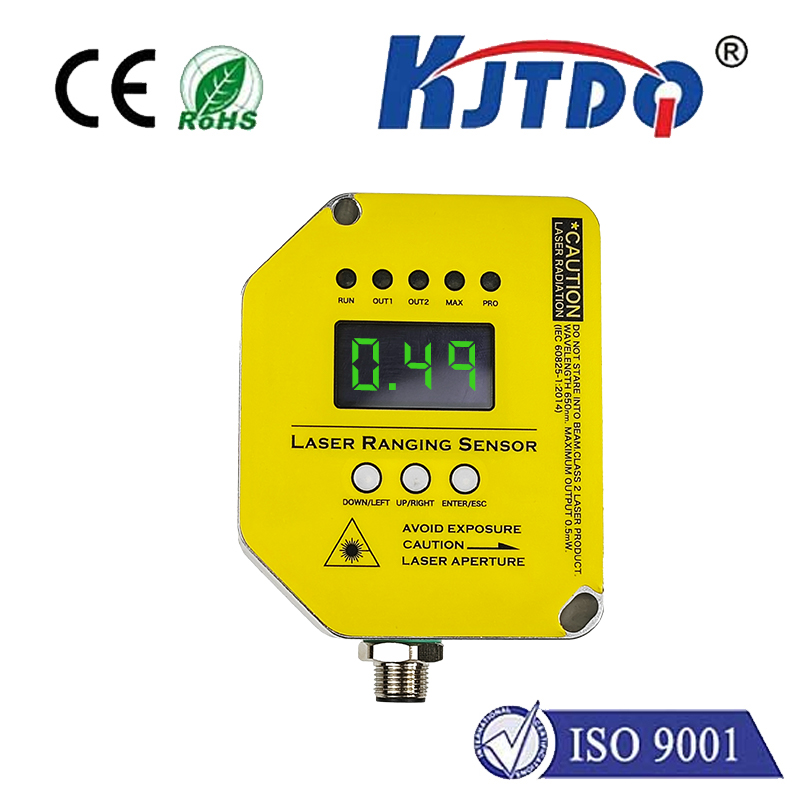

check

check

check

check

check

check

check

check

check

check
In recent years, the field of sensor technology has seen a significant breakthrough with the development of human proximity sensors. These advanced devices have opened up a world of possibilities in various industries, from healthcare and security to transportation and entertainment.
The concept of a human proximity sensor is relatively simple. It is a device that can detect the presence or absence of individuals in a certain proximity, typically within a few feet. This technology works by utilizing various techniques such as microwave sensing, infrared sensing, and ultrasonic sensing to measure the distance between the sensor and the person.
The applications of human proximity sensors are vast and diverse. In healthcare, these sensors can be used to monitor patients' vital signs in real-time, providing continuous care and attention even when the healthcare professional is not physically present. In security, they can be employed to enhance public safety by detecting potential threats before they can act. In transportation, they can help optimize traffic flow and reduce accidents by providing real-time information on road conditions and pedestrian activity.
Moreover, human proximity sensors have found a prominent place in the entertainment industry as well. They can be used to create immersive experiences for users, such as interactive installations that respond to the presence of individuals within a certain range.
As the technology behind human proximity sensors continues to evolve, it is likely that we will see even more innovative applications in the future. However, it is also important to consider the ethical implications of these devices, particularly in areas such as privacy and data protection. As with any powerful technology, it is essential to use it responsibly and thoughtfully.
